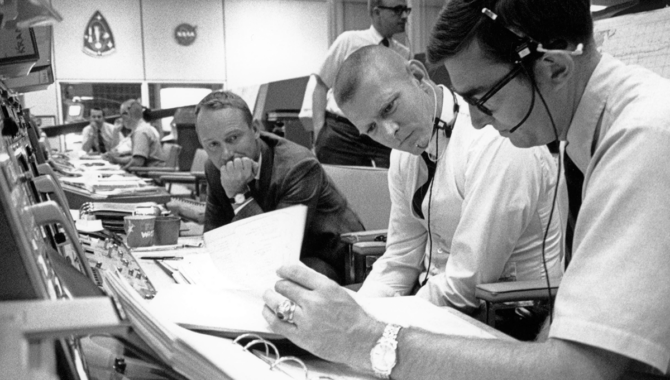
History Office presentation highlights master integrator of Gemini, Apollo.

History Office presentation highlights master integrator of Gemini, Apollo.
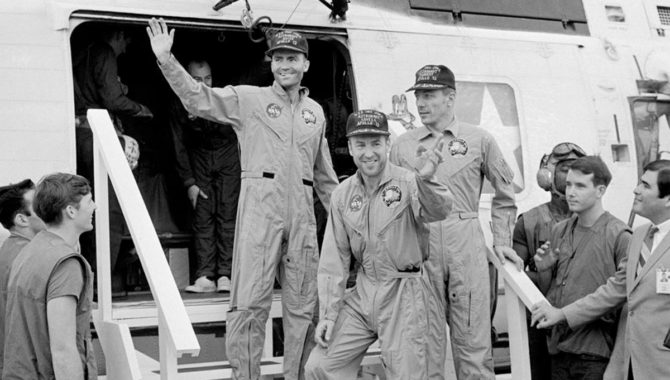
Review board focuses on role of oxygen tank 2 in accident.
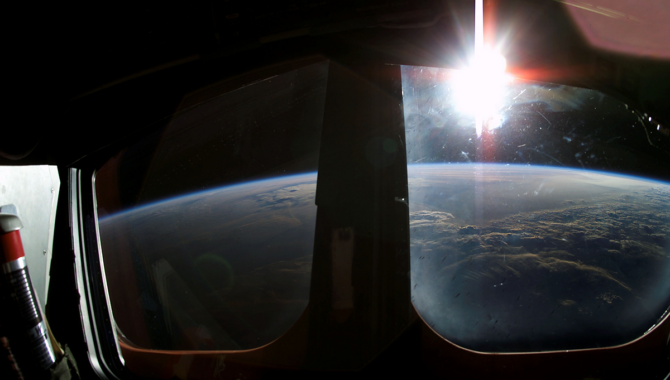
Continued vigilance is required to maintain an organizational culture that supports critical knowledge sharing.
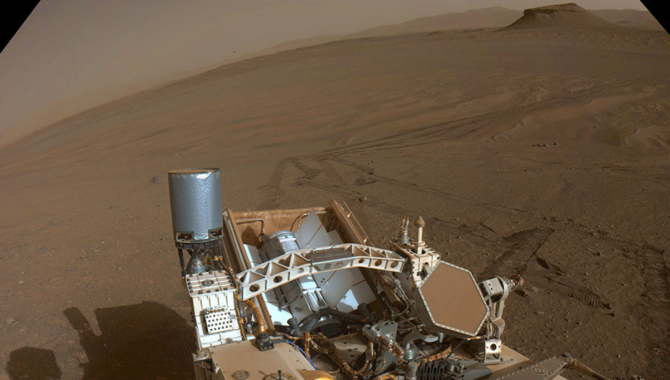
A unique view of the Sun, gathering Martian dust, and preparing for asteroid samples.

The likelihood of success increases if the group responsible for implementing design verification methods chosen early in a program’s life cycle is allowed to contribute to the selection process.
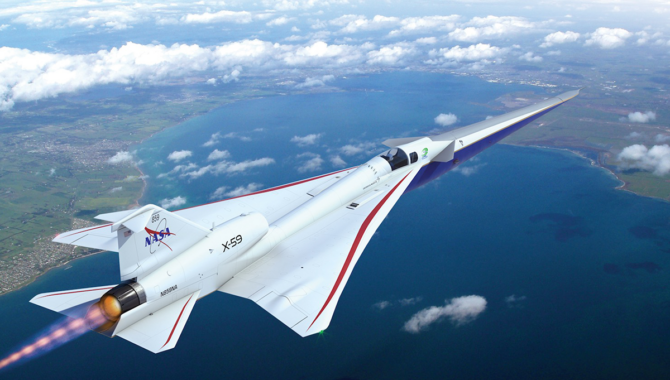
ImaginAviation session highlights promise of NASA’s X-59.
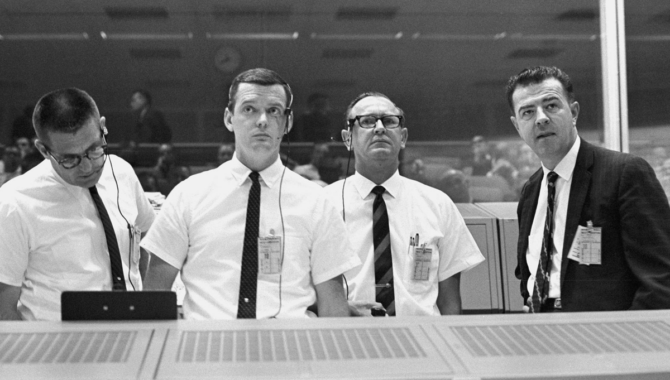
Program manager guides team to success of Gemini III.
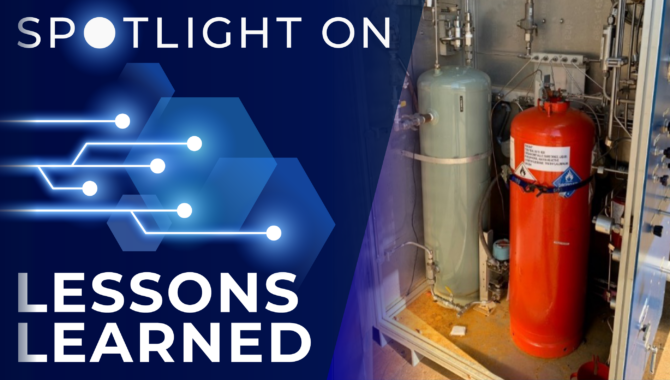
Mistake-proofing techniques built into system processes can aid in preventing human error when engineers and test operators make time-critical decisions in unique circumstances such as dangerous weather or limited supplies.
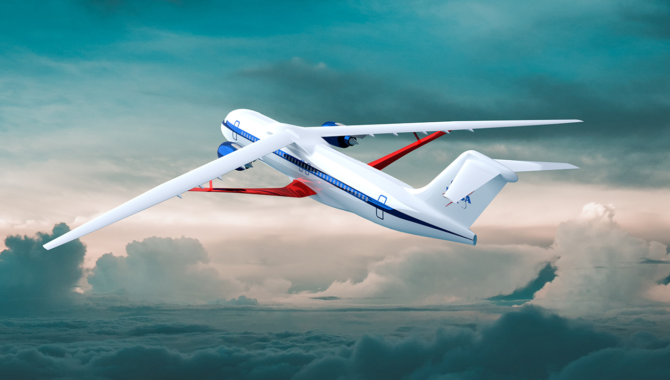
Sustainable Flight Demonstrator will flight test innovative truss-braced wing.